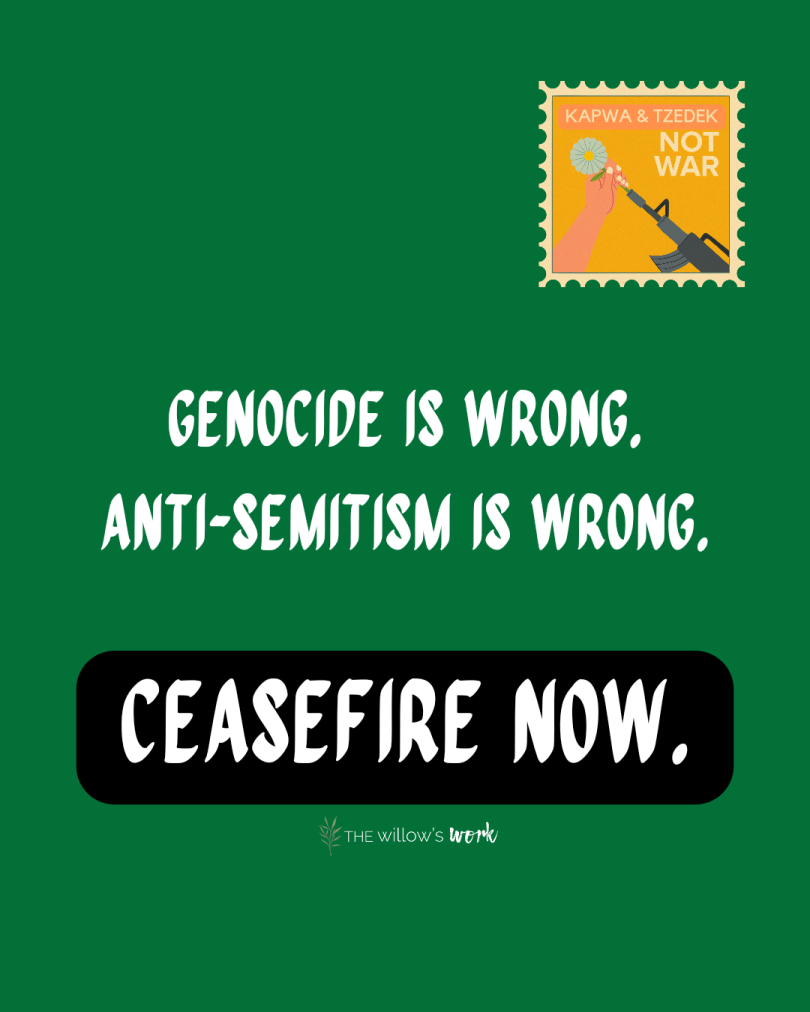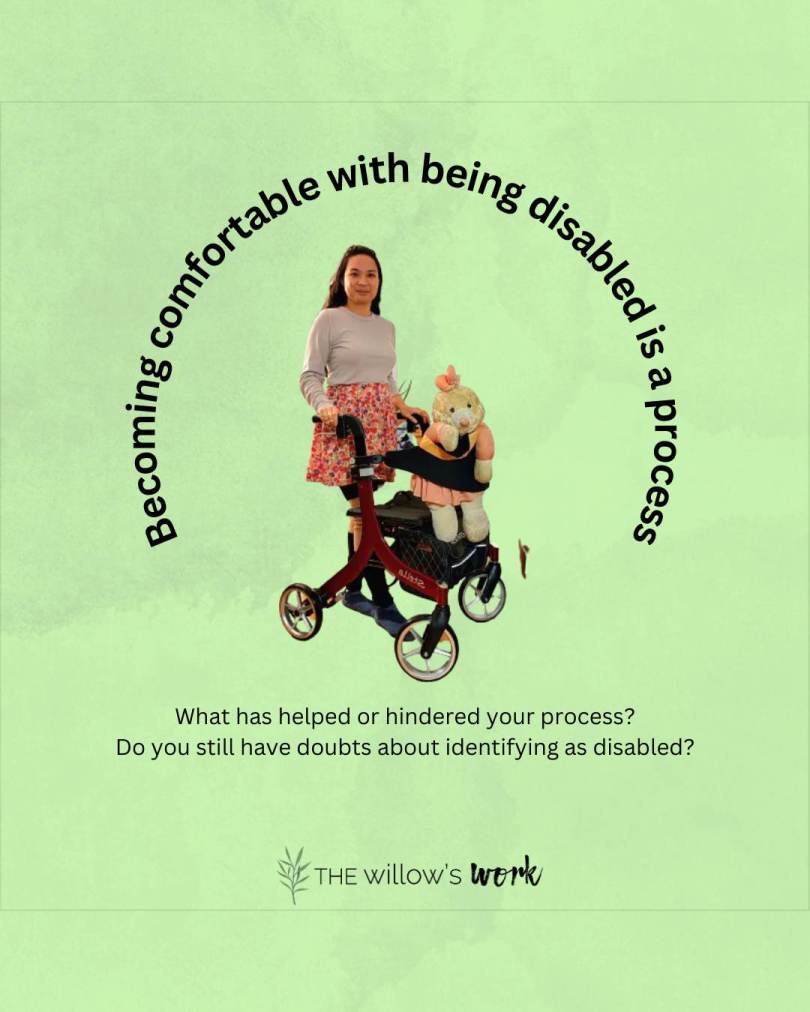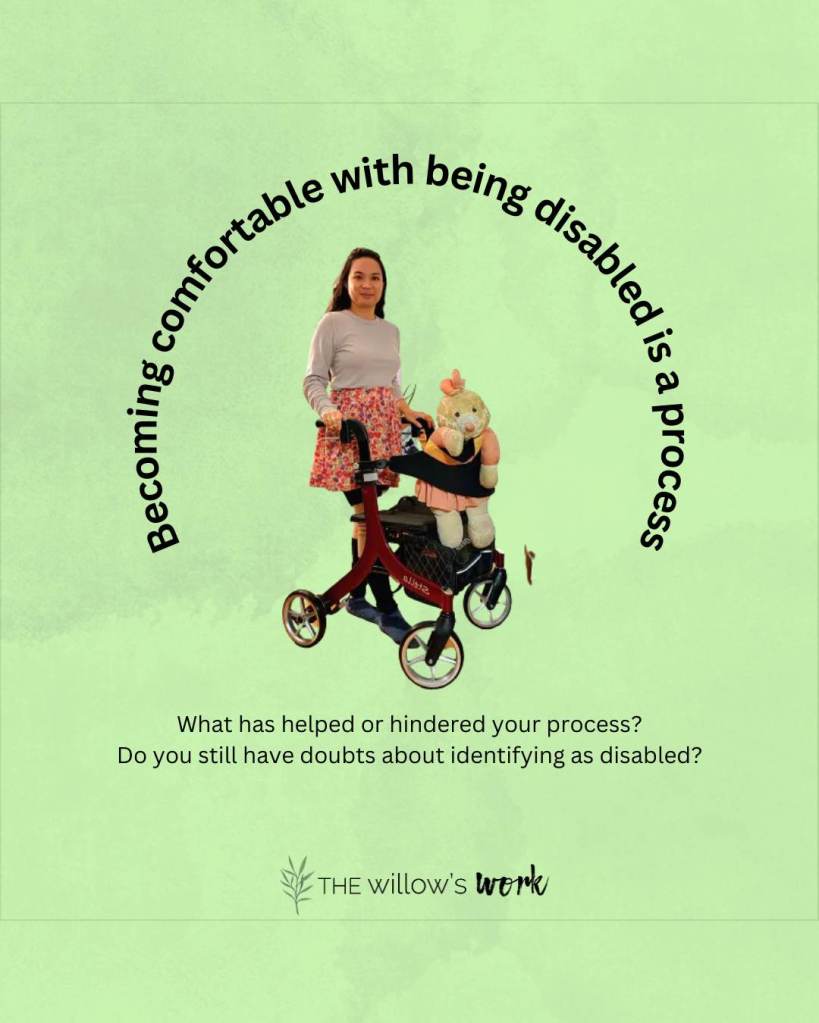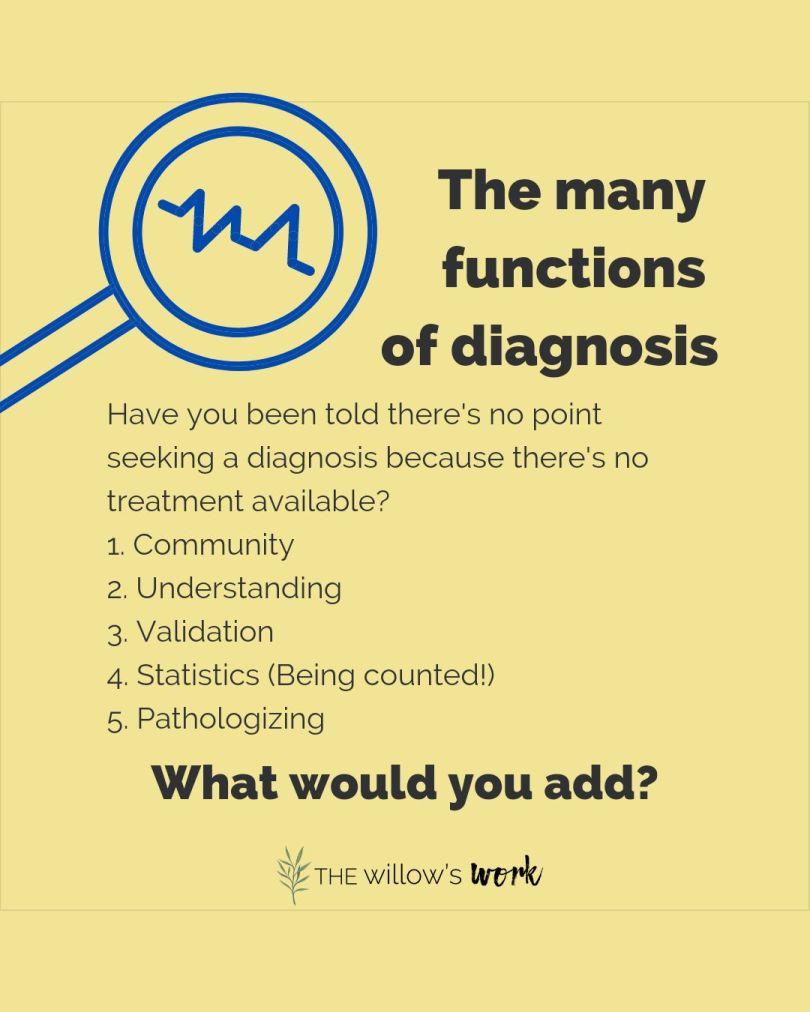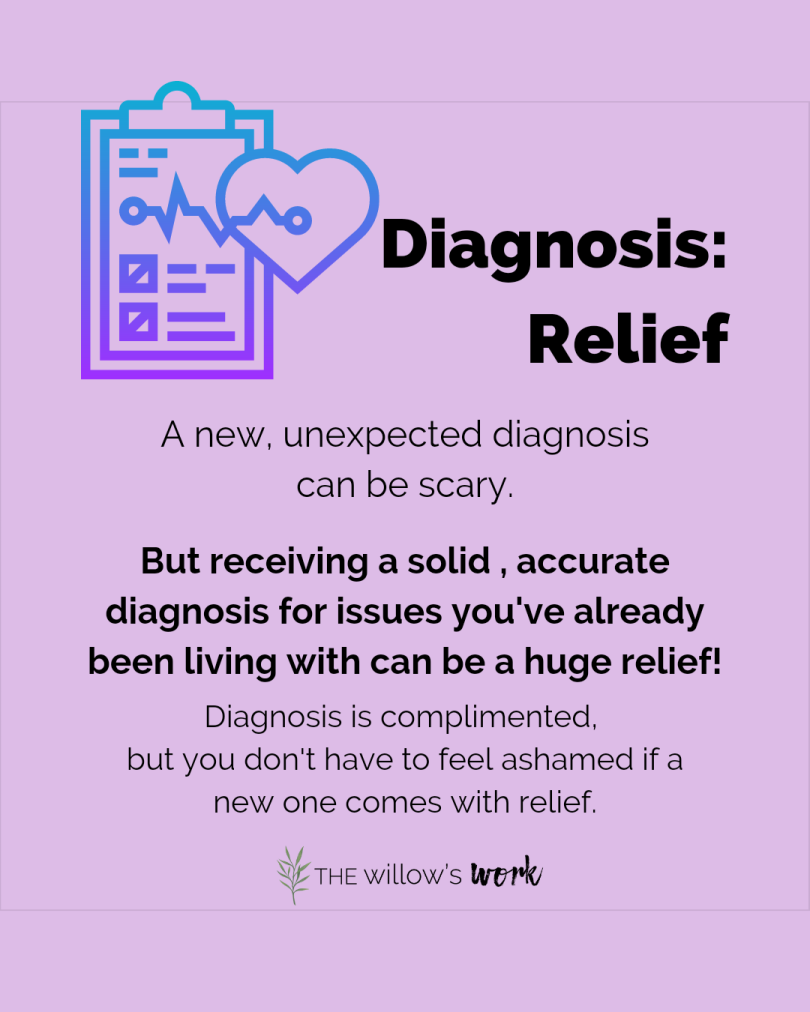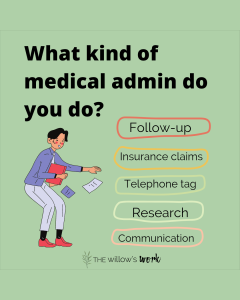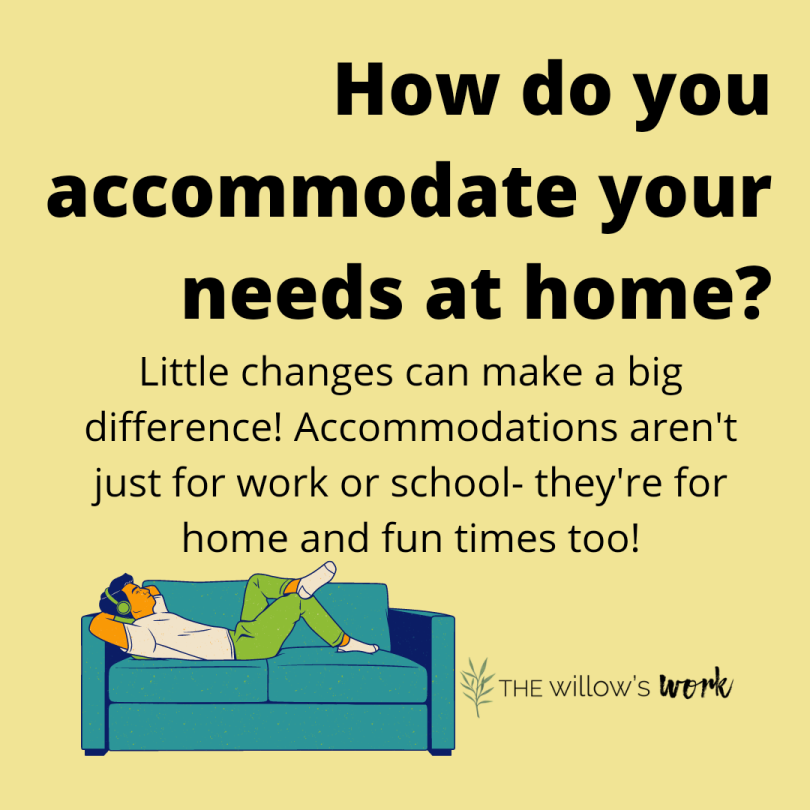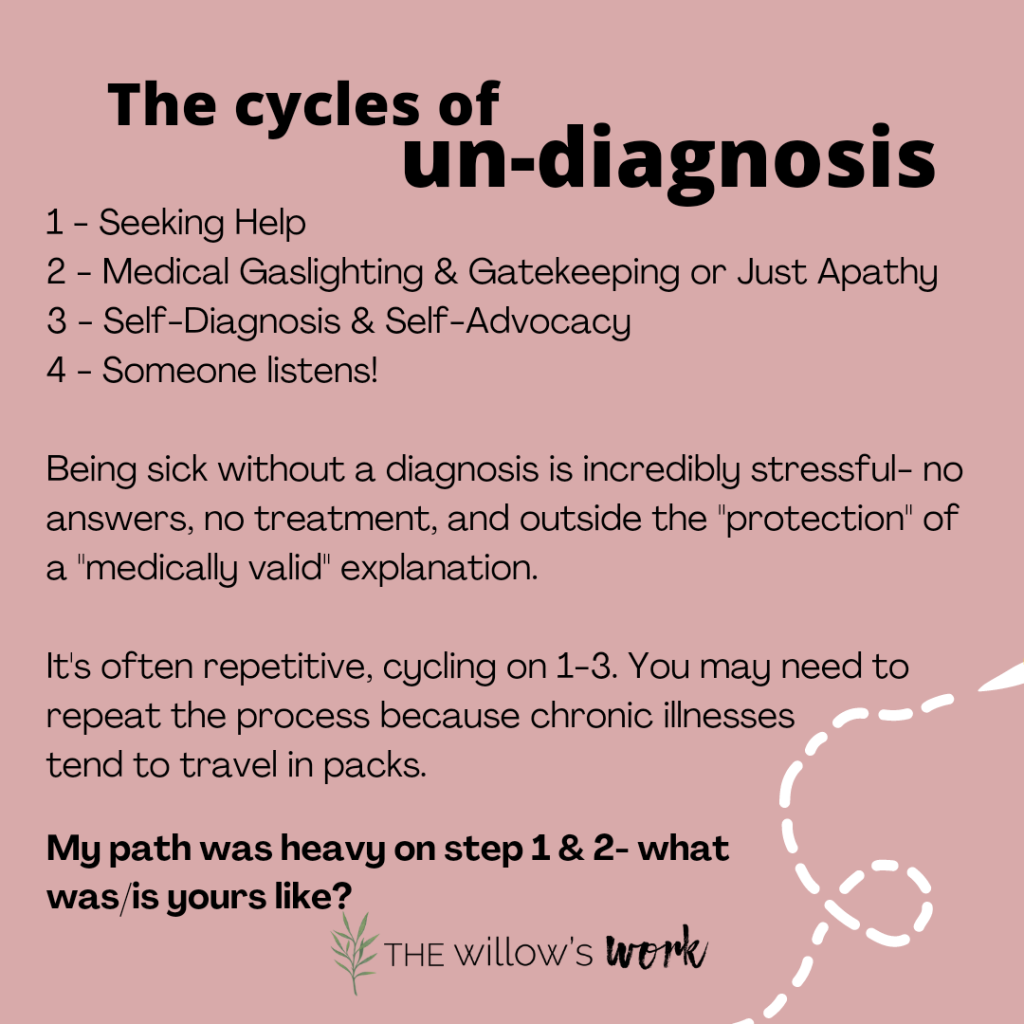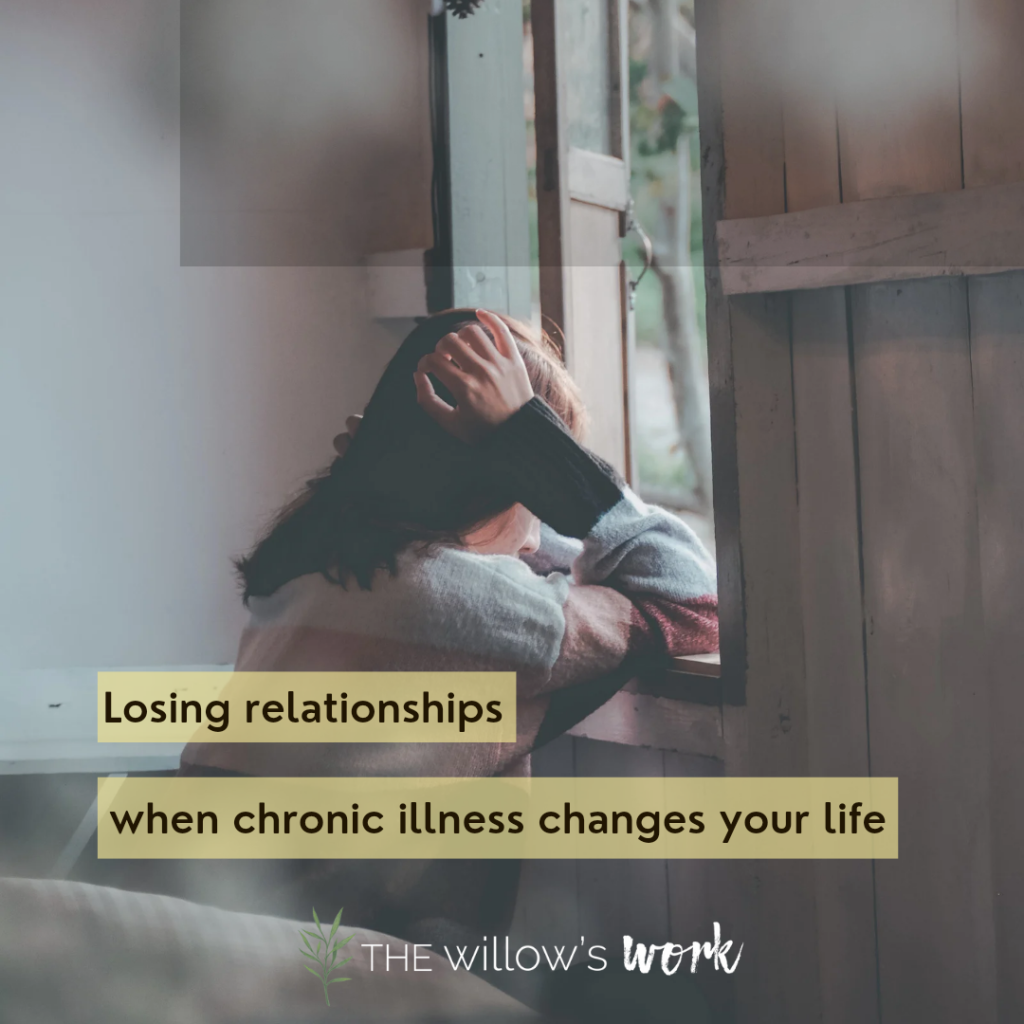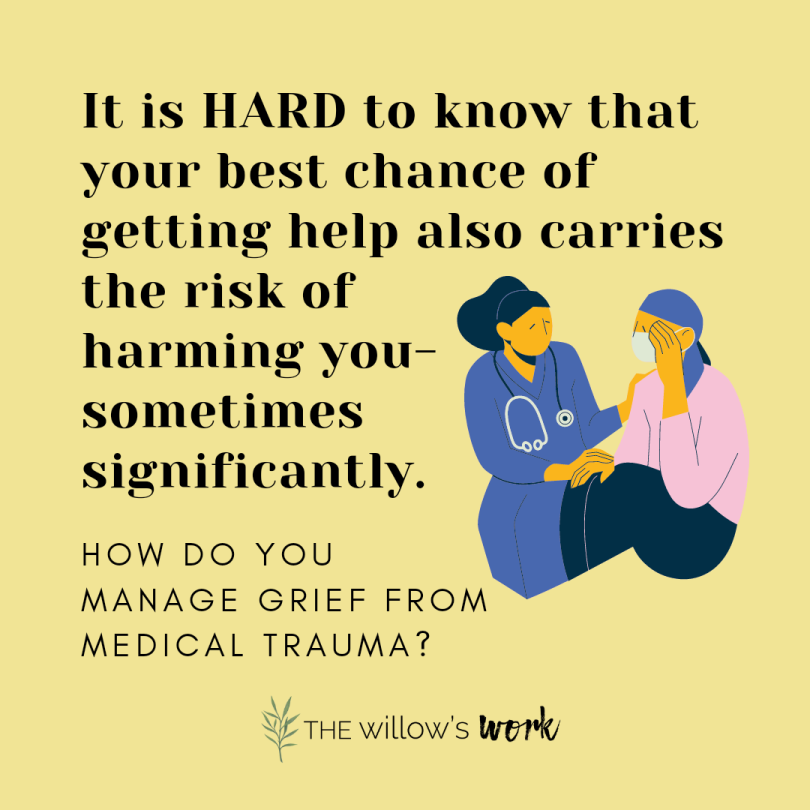
I am a disabled Filipina settler in so-called Canada, born on land that has seen and continues to see the ongoing gen0cide of Indigenous peoples. My peoples survive 400+ years of cultural genoc1de.
My home is also a Jewish home. In this home, we value tzedek and kapwa: justice and our shared humanity.
We stand against systems of oppression in all their forms. We understand power and oppression to be intersectional. We stand against genoc1de in all cases.
In 1944, Raphael Lemkin, a Jewish lawyer from Poland, defined genocide (in part) as, “It is intended rather to signify a coordinated plan of different actions aiming at the destruction of essential foundations of the life of national groups, with the aim of annihilating the groups themselves. The objectives of such a plan would be the disintegration of the political and social institutions, of culture, language, national feelings, religion, and the economic existence of national groups, and the destruction of the personal security, liberty, health, dignity, and even the lives of the individuals belonging to such groups.”
